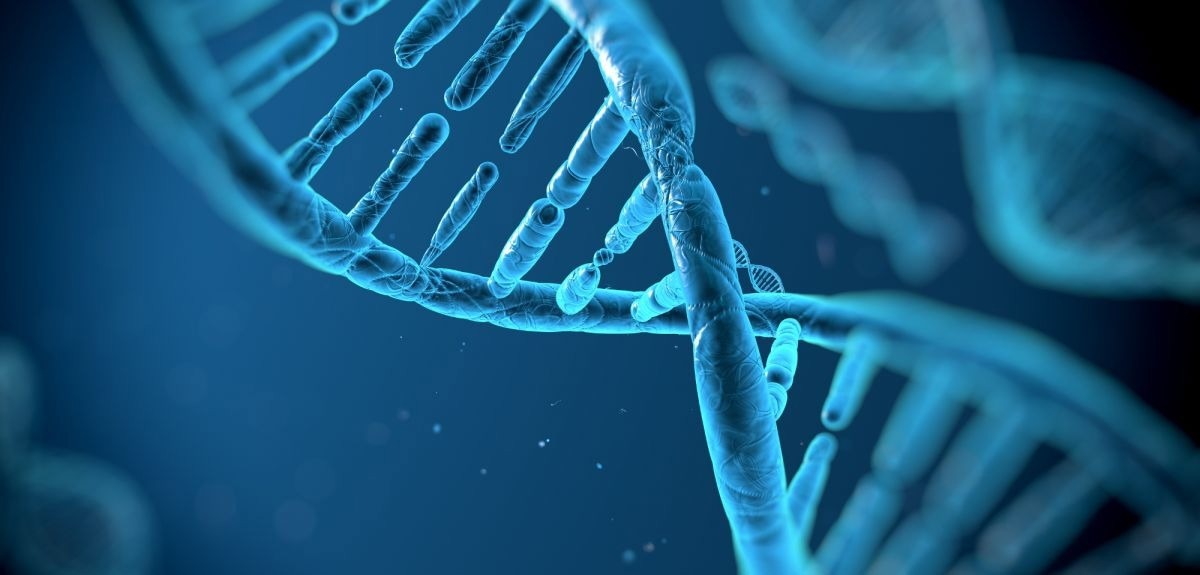Reviewed by Danielle Ellis, B.Sc.Dec 15 2023
A study conducted by the Laboratory of Gene Regulation at the MRC Weatherall Institute of Molecular Medicine, headed by Professor Doug Higgs and Dr Mira Kassouf, has been published in the journal Cell.
 How blood cell genetic variations impact on common diseases. Image Credit: Shutterstock
How blood cell genetic variations impact on common diseases. Image Credit: Shutterstock
The research unveils a new aspect of understanding how the information within human DNA is interpreted. The authors introduce the notion of "facilitators," a recently identified category of non-coding DNA that plays a role in promoting gene expression.
Although every cell in the human body possesses identical DNA, they have the remarkable ability to differentiate into more than 200 distinct types, forming various specialized tissues such as the skin, blood, and brain.
DNA comprises segments of code known as “genes” that determine the characteristics of each cell. However, these genes constitute only around 2% of the total DNA within a cell. The remaining 98% of DNA has been found to contain regulatory elements capable of influencing the expression of nearby genes, thereby controlling the developmental process of a cell.
One type of regulatory element found in DNA is enhancers positioned between genes. These enhancers play a crucial role in activating and deactivating genes in diverse combinations, at different times, and at varying levels.
Despite their discovery over 40 years ago, the precise mechanisms by which enhancers operate are not yet fully comprehended. More recently, a new class of regulatory elements known as “super-enhancers” has been identified. These super-enhancers consist of groups of individual regulatory elements working collaboratively to induce exceptionally high levels of gene expression.
Previously, it was believed that the components within super-enhancers performed identical functions. However, the researchers behind this study discovered that these elements possess unique roles and can collaborate to amplify the effectiveness of the super-enhancer beyond the cumulative impact of its individual parts. Notably, the study unveiled a novel type of regulatory element, labeled as “facilitators.”
Unlike classical enhancers, these facilitators lack inherent enhancer activity. Instead, they excel at aiding classical enhancers in carrying out their functions more efficiently.
In this research paper, scientists utilized a mouse α-globin super-enhancer as a model system to investigate the distinct roles of its five constituent elements. Previous studies had suggested that this super-enhancer comprised two classical enhancers and three elements considered inactive.
Through a synthetic biology approach conducted in collaboration with Jef Boeke’s laboratory (NYU Langone Health), the researchers reconstructed the mouse super-enhancer from scratch and tested various combinations of its individual elements.
Consequently, they demonstrated that the seemingly “inactive” elements actually functioned as facilitators. The authors also examined previous analyses of other super-enhancers and identified indications that these facilitators could be a common characteristic of such enhancers.
In addition to the other known fundamental regulatory elements (enhancers, promoters, and insulators) our new observations have identified a new type of regulatory element called a facilitator.”
Dr Mira Kassouf, Study Lead Author, University of Oxford
Kassouf added, “As for the original three elements, it is likely that identifying facilitators and understanding how they work will provide new insights into the mechanisms by which genes are normally switched on and off and how this goes awry in human genetic disease.”
Source:
Journal reference:
Blayney, J. W., et al. (2023) Super-enhancers include classical enhancers and facilitators to fully activate gene expression. Cell. doi.org/10.1016/j.cell.2023.11.030.